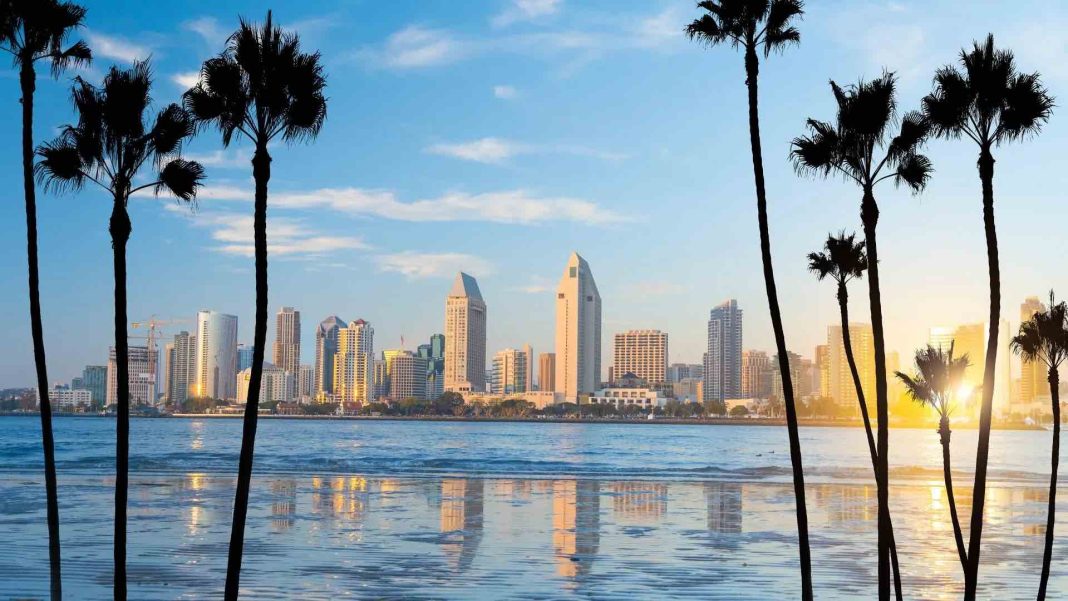Picture this: every minute, about sixty people pack up and swap countryside living for the buzz of a city. By 2050, nearly 7 in 10 of us will call urban areas home. But as cities swell, so do the headaches—jammed streets, sky-high rents, and buses packed like sardines. Behind the scenes, there’s another toll: pollution, stressed resources, and frayed nerves. City leaders everywhere are scratching their heads: How do we welcome newcomers without sacrificing what makes life good?
Enter the “Everything-In-One-Place” Neighborhood
One idea catching fire? Master-planned communities (MPCs). Think of them as full-blown neighborhoods—or even mini-cities—designed from the ground up. Before a single brick is laid, planners map out homes, schools, parks, shops, and transit links, all woven together. It’s like a modern village: everything you need is a walk, bike ride, or quick drive away, built for today’s lifestyles and wallets.
This isn’t brand-new—remember old company towns?—but today’s versions are bigger, leafier, and packed with tech smarts. Places like Songdo (South Korea) or Masdar City (UAE), plus countless smaller projects worldwide, are testing real-world ideas: smarter energy grids, self-driving shuttles, and planet-friendly designs.
America’s Big Bet on Planned Living
Nobody rolls out MPCs faster than the U.S. Think Texas, Florida, or Nevada, where massive developments house tens of thousands. Spots like Florida’s The Villages (America’s top-selling community), Lakewood Ranch, or Cadence blend retirement corners with family zones, add job hubs, and save room for nature. Golf carts, bike paths, and walking trails tie it all together.
Big-name builders—D.R. Horton, Lennar, Pulte—make this happen. Their size lets them lay roads, parks, and internet cables almost as cheaply as sidewalks. That scale keeps prices competitive, often rivaling older homes.
No More Fine-Print Surprises
Planned communities used to get flak for murky details—think confusing HOA rules or surprise fees. But that’s changing. Sites like Jome now break down everything plainly: warranties, fees, even average utility bills. Want to compare different builders? Check their quality scores and real homeowner reviews before touring a model home. Tools like these don’t just sell houses—they hold builders accountable for promises, especially on sustainability.
The Bright Side… and the Trade-Offs
What Shines
- No waiting game: Roads, schools, and parks open with the homes.
- Nature built-in: Large green spaces protect creeks and wildlife often lost in patchy growth.
- Community vibe: Shared spots—coffee shops, sports fields, schools—give neighbors reasons to connect.
Watch Out For
- Rising costs: Hot MPCs can price out the families they’re meant to serve.
- Cookie-cutter feel: Strict rules might limit quirky local shops or diverse architecture.
- Sprawl risk: If transit’s an afterthought, these “hubs” can still mean long car commutes.
Where Do We Go From Here?
Cities won’t stop growing—and people everywhere crave neighborhoods that feel safe, green, and connected. Master-planned communities aren’t a magic fix, but they’re proving grounds for bold ideas: carbon-neutral energy, income-diverse housing, or driverless transit.
Lessons from the U.S.—clear rules, teamwork between cities and builders, and real transparency—are spreading worldwide. Mix those with local flavors and climates, and MPCs could strike a sweet spot: neither chaotic sprawl nor suffocating skyscraper forests.
The past decade showed planned communities can work. The next challenge? Making them more welcoming, tough enough for climate chaos, and better stitched into the cities around them. The plans are drawn. Now it’s about who steps up to build them smarter—and who gets a seat at the table.

